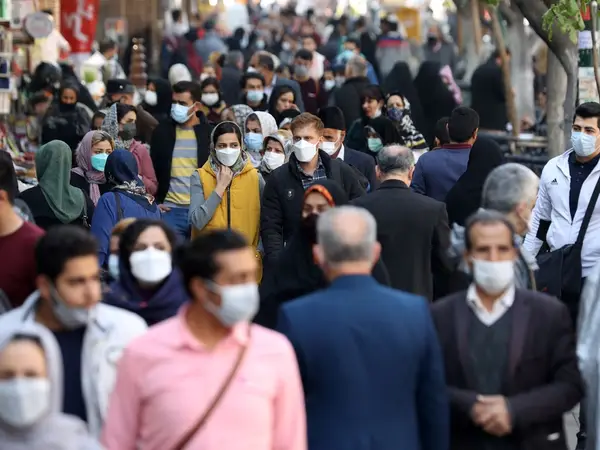Some media and experts in Iran warn that the middle class is disappearing amid economic crisis, with serious consequences for the government and society.
Iranian sociologist Taghi Azad-Armaki, a professor at the University of Tehran, added in an interview with Etemad Newspaper in Tehran on Tuesday, that policies by successive governments, sanctions, and a decline in Iran's per capita income have decimated Iran's middle class.
The academic argued that throughout its history Iran has often been a country with three socio-economic classes: A ruling affluent class, an underprivileged class, and a middle class that always represented the country’s values and brought about fundamental changes. He also argued that all social developments in Iran had something to do with the dynamics between social classes.
Only one month after President Ebrahim Raisi took office, as he continued to make economic promises, Eghtesad News, the country's leading economic website warned him that "The country's middle class was declining as a result of major economic crises." The website reminded that coupled with the coronavirus pandemic, the economic crisis caused by sanctions, has left the country's middle class out of breath, while also exerting massive pressure on the underprivileged people.
Meanwhile, in December last year, Hashem Pesaran, a Cambridge University academic, said that inflationary pressure and taxes annihilate the middle class and the foundations of society. There will be no middle class to read books, travel the world, learn, and teach and convey the culture of democracy.
Pesaran opined that the elimination of the middle class will inevitably lead to the destruction of the government. He argued that under the current situation, Iranian society is likely to be turned into a bipolar society in which the affluent class and the underprivileged will have to face each other in a fierce confrontation.
"A conflict will certainly take place and that is very dangerous. The former will be blinded by pride and the latter by grudge. The affluent class will become increasingly conservative and will hide behind bureaucratic organizations and the angry poor people will be looking for an opportunity to attack and take revenge. When there is tsunami, everyone sinks, no matter how big their ship is," Dr. Pesaran warned.
He added that if there is a strong middle class it will act as a shock absorber that facilitates interaction between the other two classes.
In his interview with Etemad, Dr. Armaki pointed out that the two revolutions in Iran's modern history, the Constitutional Revolution of 1905 and the Islamic Revolution of 1979 were both motivated by class struggle. The Constitutional revolution took place as the middle class joined hands with ruling class (landowners).
In the Islamic revolution, the middle class formed an alliance with the lower class to bring about a massive change. Armaki argued that in both cases the middle class was the driving force for social change. The academic further argued that the Islamic Republic has annihilated Iran's middle class because it knew that it was capable of bringing about two major revolutions in less than a hundred years. The Islamic Republic, said Armaki, has manipulated the middle class, has exerted economic pressure on it and in an optimistic scenario, it simply ignored it for decades, allowing it to decline.
Armaki said that all the post-revolution governments have contributed to this dynamic by ignoring concepts such as democracy, civil society and sustainable development. He said the reform government in mid-1990s was the only Iranian government that paid attention to these factors but came under fire by totalitarian groups and political figures.
